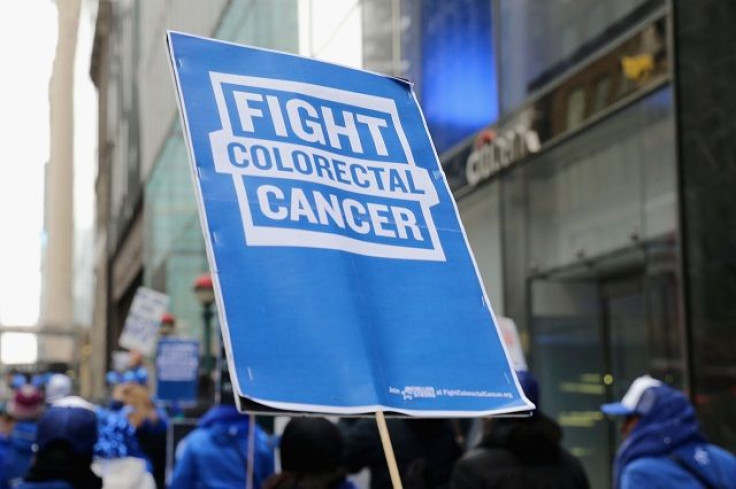New Colon Cancer Screening Guidelines Say Most Methods Protect Adults Ages 50 To 75

Just like an all-you-can eat buffet, it seems you really can’t go wrong in picking one particular option of colon cancer screening over another — so long as you’re in the right age group.
On June 16, the U.S. Preventive Services Task Force (USPSTF) issued its definitive verdict on the effectiveness of various screening methods for colon and other colorectal cancers. After reviewing the best available evidence on the subject, the task force concluded with a high degree of certainty that the majority of screening methods — from colonoscopy to various fecal stool tests — would provide a substantial net benefit in preventing colorectal cancer deaths for adults aged 50 to 75 with an average risk of cancer. They further recommended that all adults between that age range get screened.
For those aged 76 to 85, however, the USPSTF stated that screenings should be offered on a case-by-case basis, taking into account a patient’s current health, risk factors, and past screening history, with those who hadn’t ever received screening more likely to benefit. Lastly, for those even older, the agency declared that the benefits of screening would likely be too small to be worth the trouble.
“The USPSTF recommends screening for colorectal cancer starting at age 50 years and continuing until age 75 years,” read their final recommendation statement.
The agency’s recommendations are an update to those made in 2008, which recommended specific screening methods such as having a colonoscopy every ten years or the less invasive flexible sigmoidoscopy every five years in combination with the fecal occult blood test — which looks for blood in your stool — every three years.
While these methods are still given the USPSTF’s stamp of approval in the new guidelines, which are extensively detailed in an accompanying JAMA paper, the task force focused more broadly this time around. Comparing the respective research on colonoscopies and non-colonoscopy screening tests, they concluded that no one method proved substantially better than the others in preventing colorectal cancer deaths, though each had their strengths and weaknesses.
For instance, although colonoscopies are highly accurate, require few repeat visits, and doctors can immediately cut out any suspected cancerous growths or polyps should they find them during the exam, they’re also very uncomfortable and cumbersome to go through and carry potential side effects such as bleeding, infection, and even a punctured colon. On the other hand, stool and imaging tests are much easier to tolerate and safer, but require much less time between check-ups, and are more likely to produce false positives that then lead to unneeded follow-up colonoscopies.
Overall, though, non-colonoscopy methods were no less than 90 percent as effective as colonoscopies. To use one example, the models produced by the USPSTF found that getting a flexible sigmoidoscopy every five years starting at the age of 50 would result in 181 to 227 life-years being gained per every 1,000 people screened over a lifetime; combining that exam with annual fecal immunochemical testing — another method for detecting blood in the stool — would increase that number to as high as 270 life-years per 1,000 people.
“Multiple screening strategies are available to choose from, with different levels of evidence to support their effectiveness, as well as unique advantages and limitations, although there are no empirical data to demonstrate that any of the reviewed strategies provide a greater net benefit,” the task force authors wrote in the JAMA paper.
By emphasizing the versatility of screening options around, the USPSTF hopes to encourage reluctant people to at least get screened in the first place, since only two-thirds of eligible adults have done so in their lifetime. “The reasons for this gap between evidence and practice are multifaceted and will require sustained effort among clinicians, policy makers, advocates, and patients to overcome,” the authors wrote.
The agency’s new recommendations come on the heels of its advice handed out this past April, which concluded that select age groups can safely reduce their risk of both cardiovascular disease and colorectal cancer by taking aspirin daily.
According to the agency, 134,000 people will be diagnosed with colorectal cancer by the end of 2016, with 49,000 deaths as a result. And though deaths from colorectal cancer may be decreasing over time, it remains the second leading cause of cancer death in the country, after lung cancer.
Source: US Preventive Services Task Force. Screening for Colorectal Cancer: US Preventive Services Task Force Recommendation. JAMA. 2016.



























